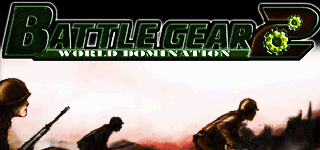

As all types of weapons have become more lethal and/or more accurate, decisive military victory has become more and more difficult. One is the sheer destructiveness of modern warfare. Two inter-linked developments have been critical, in my view, in bringing about these changes. There is a parallel with the pre-modern period, which was also characterized by a diversity of military forces-feudal levies, citizens militias, mercenaries, pirates, for example-and by a corresponding variety of types of warfare. But what we have witnessed is less a contraction of military forces than a restructuring and increased diversity of types of military forces. Since the end of the Cold War, military spending by governments has fallen substantially. The idea of war and of preparations for war was bound up with the ways in which states established their political legitimacy.

Each state was a member of a bloc (West, East, and non-aligned) and within each bloc, there were transfers of weapons and other types of military assistance according to a very similar model of warfare. As Charles Tilly put it in a famous phrase: ‘States made war and war made the state’.Īfter 1945, the whole world was parcelled up into individual states, each with its own currency and its own armed forces. The sharp distinctions between the military and civilians, public and private, internal and external, are a product of these developments. It was in war that European states, which were to provide the model for other states, established their monopoly of organized violence within the territorial confines of the state they eliminated competitors, centralized administration, increased taxation and forms of borrowing, and, above all, created an idea of the state as the organization responsible for the protection of borders against other states and for upholding a rule of law within the state. The development of modern war cannot be disentangled from the development of modern states. By modern war, I mean war between states, fought by armed forces, for state interest the type of war that was theorized so brilliantly by Clausewitz. By modernity, I mean that period of human development that began somewhere between the fifteenth and the eighteenth centuries, characterized by the development of science and technology, the nation-state, modern industry, and, I would argue, Clausewitzian or modern war.

The Cold War could be described as the final stage of what has come to be known as modernity or, to use Anthony Giddens’ terminology, the final stages of the first phase of modernity. There were, of course, guerrilla and/or terrorist groups but they were considered marginal and their demand for weapons was small in relation to the overall demand for weapons. They were disciplined, hierarchical, and technology-intensive. During the Cold War period, armed forces tended to resemble each other all over the world. Since the end of the Cold War, a profound restructuring of armed forces has taken place.


 0 kommentar(er)
0 kommentar(er)
